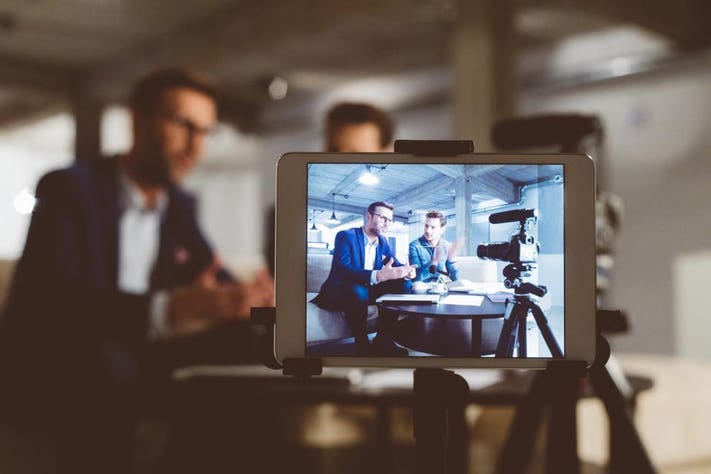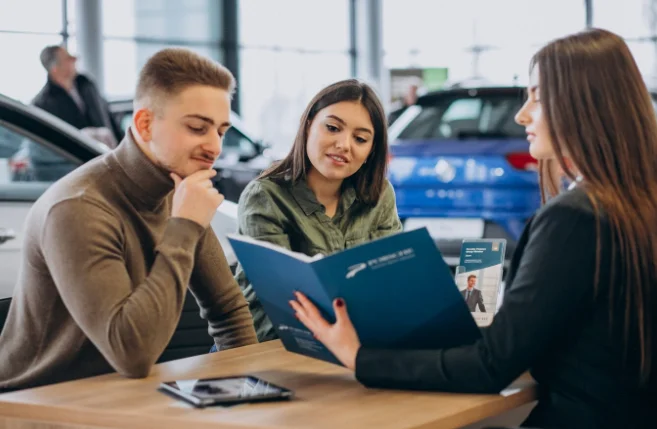
Stories can be shared using different methods. It could be through dance, music, paintings, and of course, videos. For vloggers, filmmakers, and content creators, video editing is a crucial art form to weave their stories into captivating narratives. They use video editing to tell a story, to give life to their ideas, and of course, to entertain. Video editing creates an output that can convey different emotions; happiness, excitement, surprise, fear, confidence, and so much more.
This article explores the art of enhancing stories through video editing, revealing the techniques and tools that can turn raw footage into compelling tales that resonate with audiences.
Story Sequence
It is important to make a video that is well put together, so it will be fun to watch. There are some people who edit videos. They can make them easy or hard to understand, depending on how they choose the pictures and what they do with them.
If you tell a story, there are some things about it. One of the most important things about it is how it begins and ends. Video editors arrange scenes in a certain order so that a person who is telling the story does not have to try all the hard to remember what happened in each scene. This makes it easier for the person who is telling the story to remember which scenes he needs to talk about.
Video editors can add little tricks to make a video more exciting and make you want to watch the next parts. For example, they may add a scene that makes you wonder what is going to happen next or they may make the story take a twist that you don’t expect. Different techniques can be used to enhance the impact and the message of a story.
Focusing on Emotions Rhythm
We use video editing to add special effects, like making the scene go dark or bright, so you can show emotions in a story. All this special effects make people feel better about your content. Let’s explore how editors can achieve this effect through thoughtful use of pacing, music, and transitions:
- When they are editing a movie, editors have to think about how fast or slow a movie will be. If the editing is too fast, it will be hard to keep up with the movie. If it’s too slow, the movie will seem boring and viewers will change the channel.
- Music can make scenes feel different emotions. Sad music can make you feel sad, and happy music can make you feel happy. If the music is written just right, it can make a person feel sad when they see a sad scene and happy when they see a happy scene.
- Quick transitions might help stories seem urgent. Gentle transitions may help stories seem dreamy. When you are telling a story (like the kind in movies), you can use shots of things that look alike to help the story flow. For example, if one shot shows a person in a house, and the other shows a person outside the house, then it makes sense to fade from the one shot to the other shot.
- You can use slow motion or fast motion to show how things look. Slow motion can make an important moment seem more important than it is, and fast motion can make something seem exciting.
- Timing of cuts is important. Well-timed cuts can create powerful emotions by focusing on characters’ reactions, expressions, or actions. Well-timed cuts can also create dramatic impact during pivotal moments, heightening emotions in the audience.
- People who make videos can use effects to change the way people feel. For example, they can warm up some things while cooling down other things. They can also blur things or lighten them up.
Maximizing Sound’s Power
Sound design is a fundamental aspect of storytelling–whether it’s in films, videos, animations, or any visual medium. It involves the art of creating and manipulating audio elements to convey emotions, set the mood, and enhance the overall narrative. Video editing provides the platform to seamlessly integrate these audio elements with the visuals, creating a powerful and immersive auditory experience. Here are some key components of sound design and how they contribute to storytelling:
- Background Music: People use music when they create movies and other videos. The right music can help make the movie look and sound better, by making the scene sound tense or exciting.
- Sound Effects: Sound effects are used in online videos to make them more real. When a character walks, you can hear a walking sound effect. These can make videos more believable. Some of them are loud, like explosions, and some of them are quiet, like a cat walking at night. All of them make it easier for you to understand the story because they help bring the actions to life.
- Voice Overs and Narration: When you tell stories in videos, your voice becomes a powerful tool. You can change the tone of your voice to emphasize a happy mood, an exciting twist, a melancholic scene, or a just a blunt take with no message at all. Your voice is as powerful as you may know it; it can give life to your story, create an impact, and can help build a vivid scene.
- Mixing and balancing sounds: When you edit videos, you adjust the volume of music, sound effects, and voice so they all sound good together. Otherwise the background might be too loud, or the voice might be too soft. Additionally, You can quickly add sounds to your videos. You can edit audio files too by using audio joiner or M4A to MP3 converter, you can convert audio files to any format online.
- Emphasizing Key Moments: Sensory design can be used to make videos and TV programs more fun to watch. For example, a sudden change in the music or a heightened sound effect can emphasize a plot twist or a character’s reaction, creating a more impactful and memorable experience for the viewers.
- Establishing Time and Place: Sound design is like the background noises in a movie. It can tell you about the movie’s setting and time period. You can use the sound and music in videos to help people feel like they are in a different place or time.
Keeping Unity and Consistency
When we edit videos, you should use the same style, tone, and pace. If you do it the right way, people will keep watching. If you do it the wrong way, they will stop watching. We’re trying to make videos so that they have a smooth flow.Furthermore, a video should have the same kind of fonts, graphics and pictures all the time. It helps people to make sense of a video if it has the same stuff all the time. Also, its important to
When you’re editing a video, it is important to make the pictures move at the same speed. For example, if a picture moves from the left side of the screen to the right side of the screen, then everything else should move that way too (not up and down or back and forth). If they don’t move at the same speed, then it will be hard for people to watch. The video will feel like it’s a bad dream. Colorful planets moving around dark black holes are.
Content Personalization for Different Platforms
In the past, creators made videos and then shared them on TV and at movie theaters. Now they make videos and put them online. They have to tailor each video to the platform they use because people expect different things from different platforms.
Different platforms have different rules for videos. For example, a video on YouTube should last at least a minute and not more than 15 minutes. A video on Facebook or Twitter can be shorter. If there are too many videos that are short and too few that are long, you can’t see them all. We’re trying to make it so there are more long ones and fewer short ones.
People might watch the same video on their phone or on their computer. This means you have to make your video different sizes so it fits on each one. Platforms like YouTube and Instagram have different things that work well, so you can pick the best parts of the video to show on each platform.





